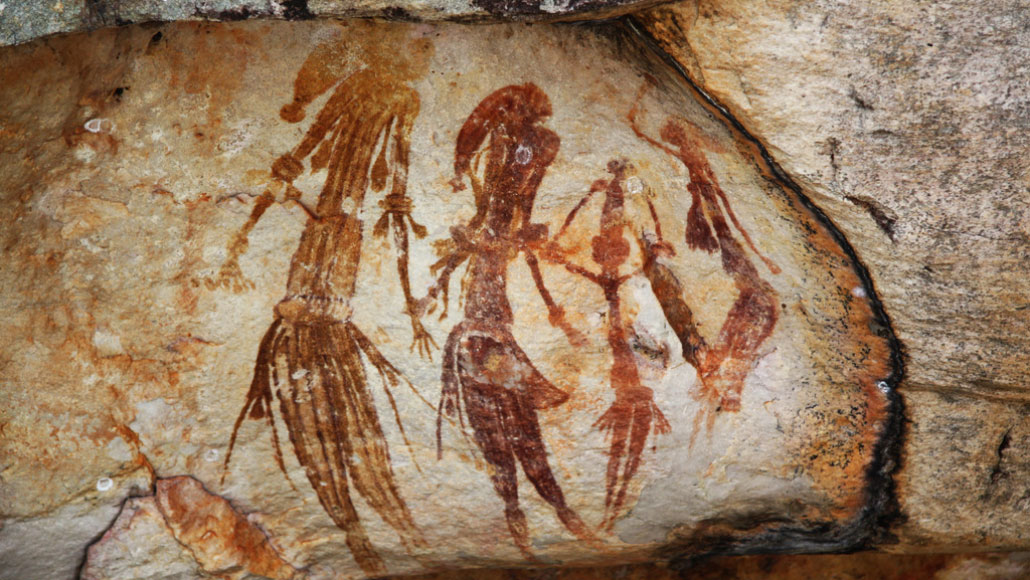Wasp nests provide the key to dating 12,000-year-old Aboriginal rock art
The technique involved dating mud wasp nest remnants found both beneath and on top of the paint

New radiocarbon dates of mud wasp nest remains at rock art sites in western Australia indicate that a distinctive Aboriginal painting style known as Gwion (example shown) flourished later than often assumed, approximately 12,000 years ago.
TimJN1/Wikimedia Commons (CC BY-SA 2.0)







